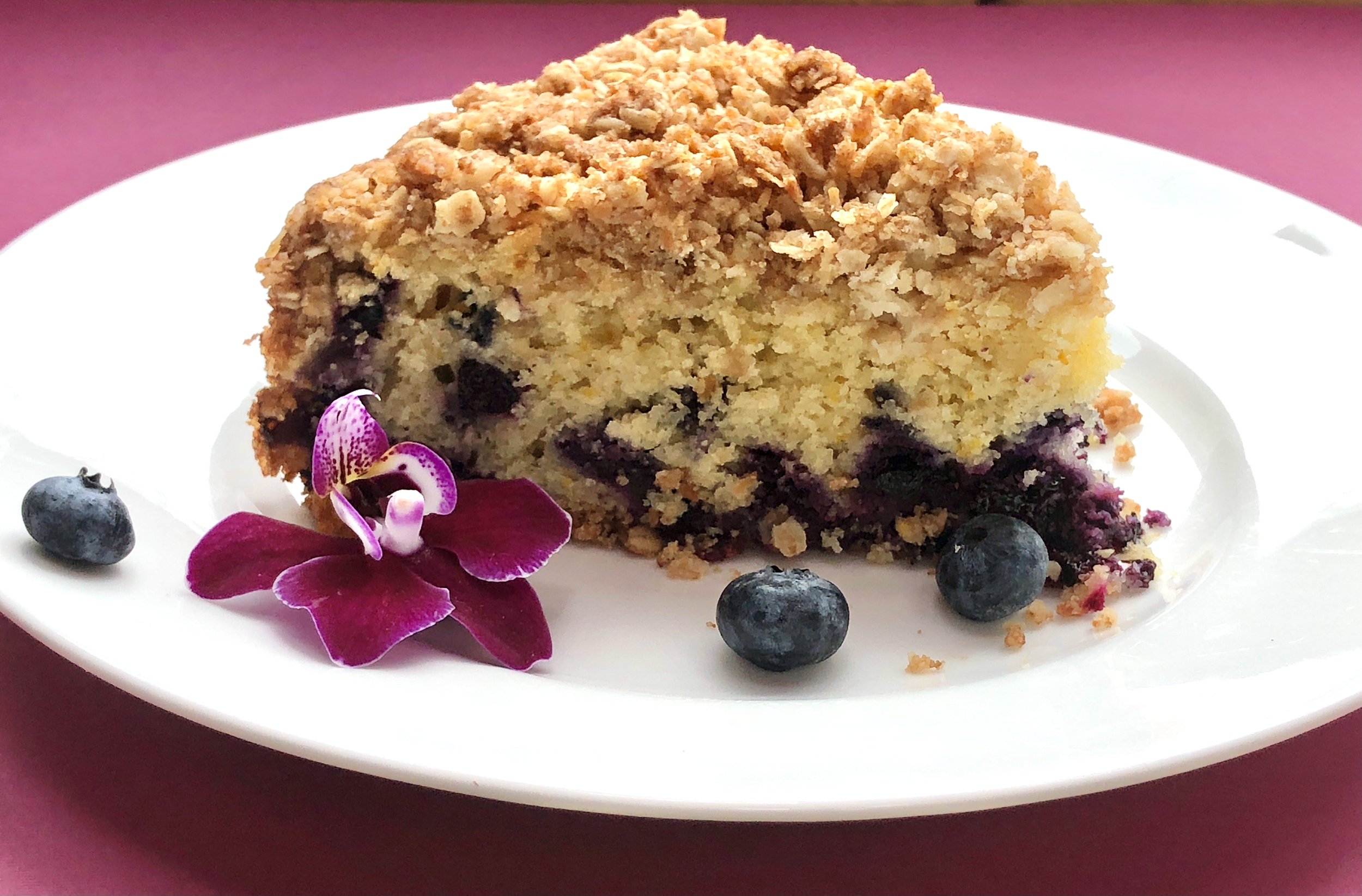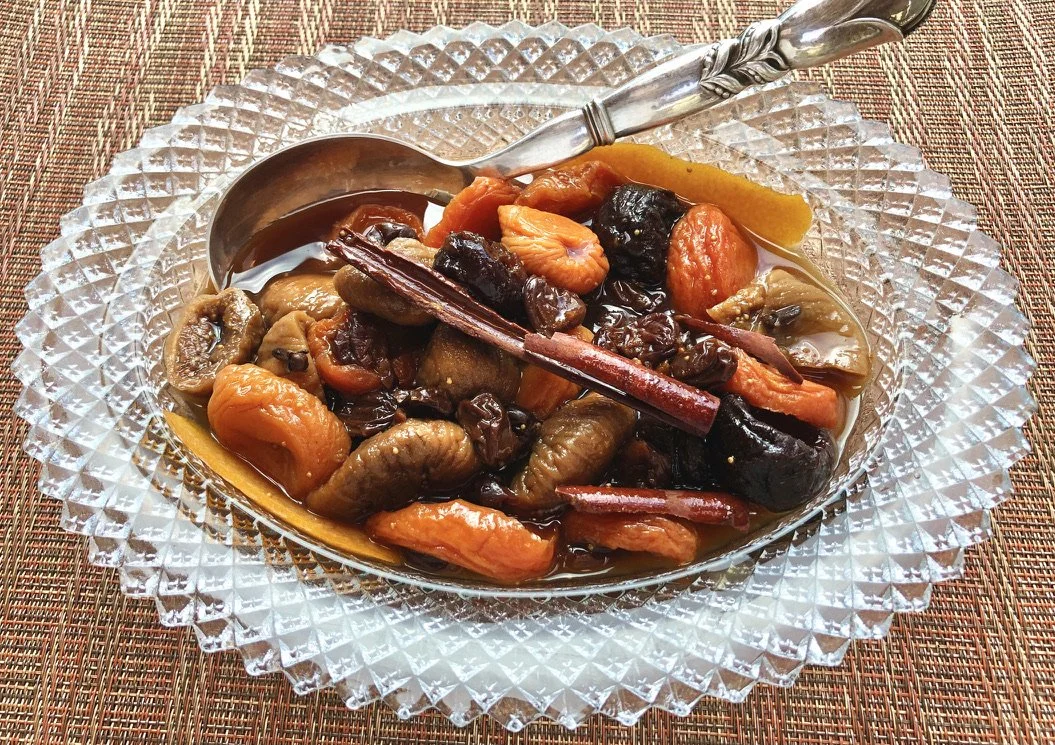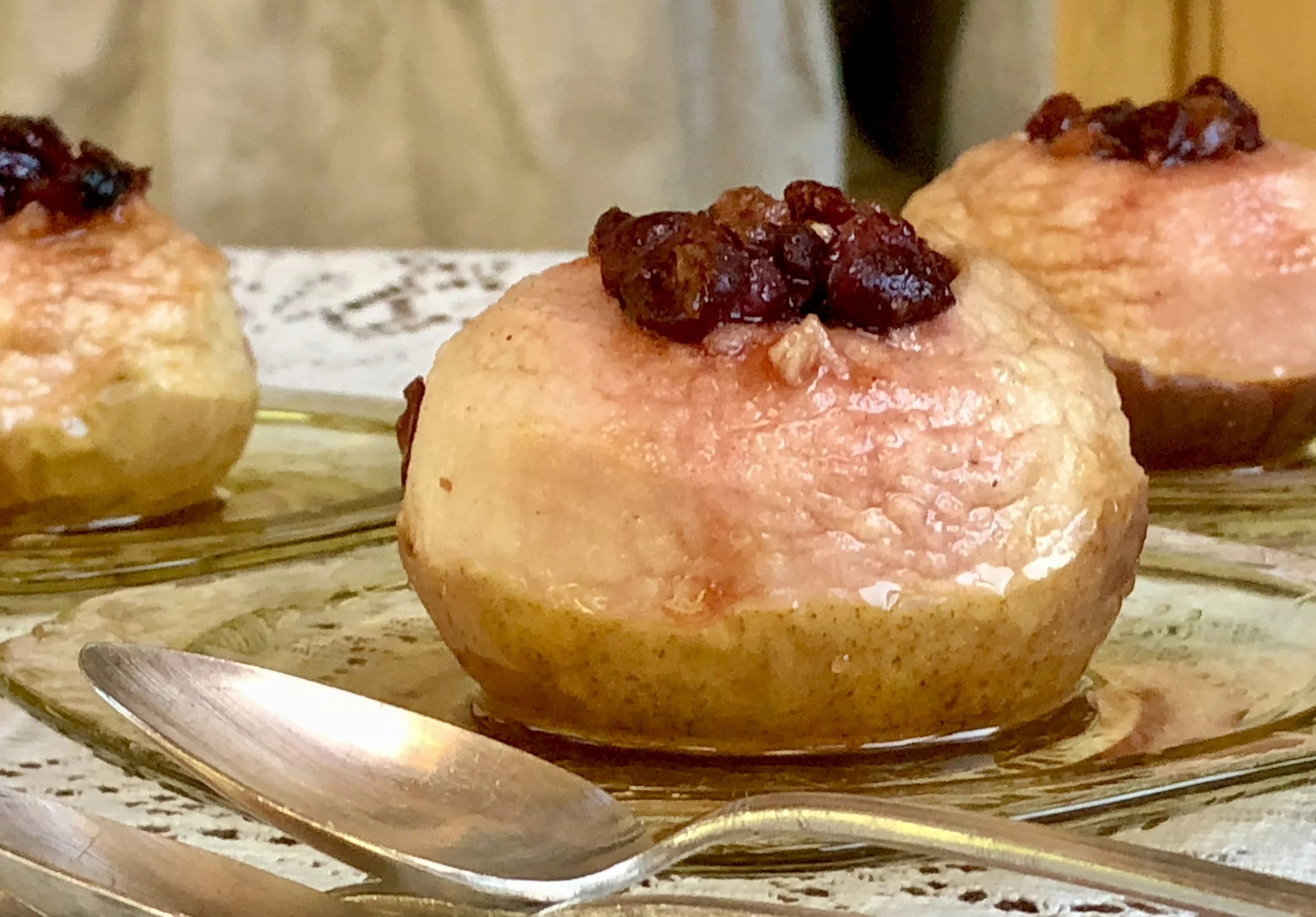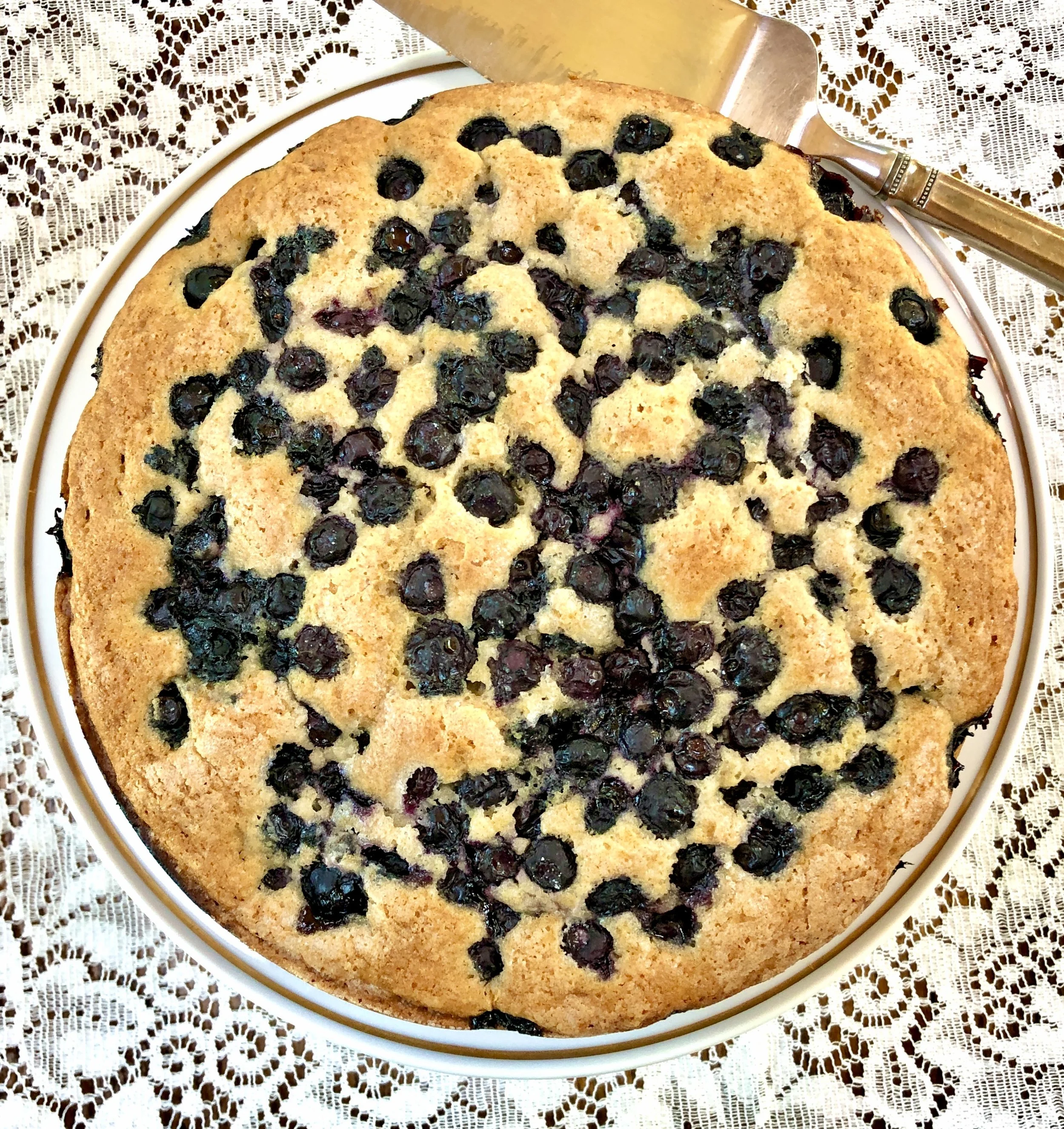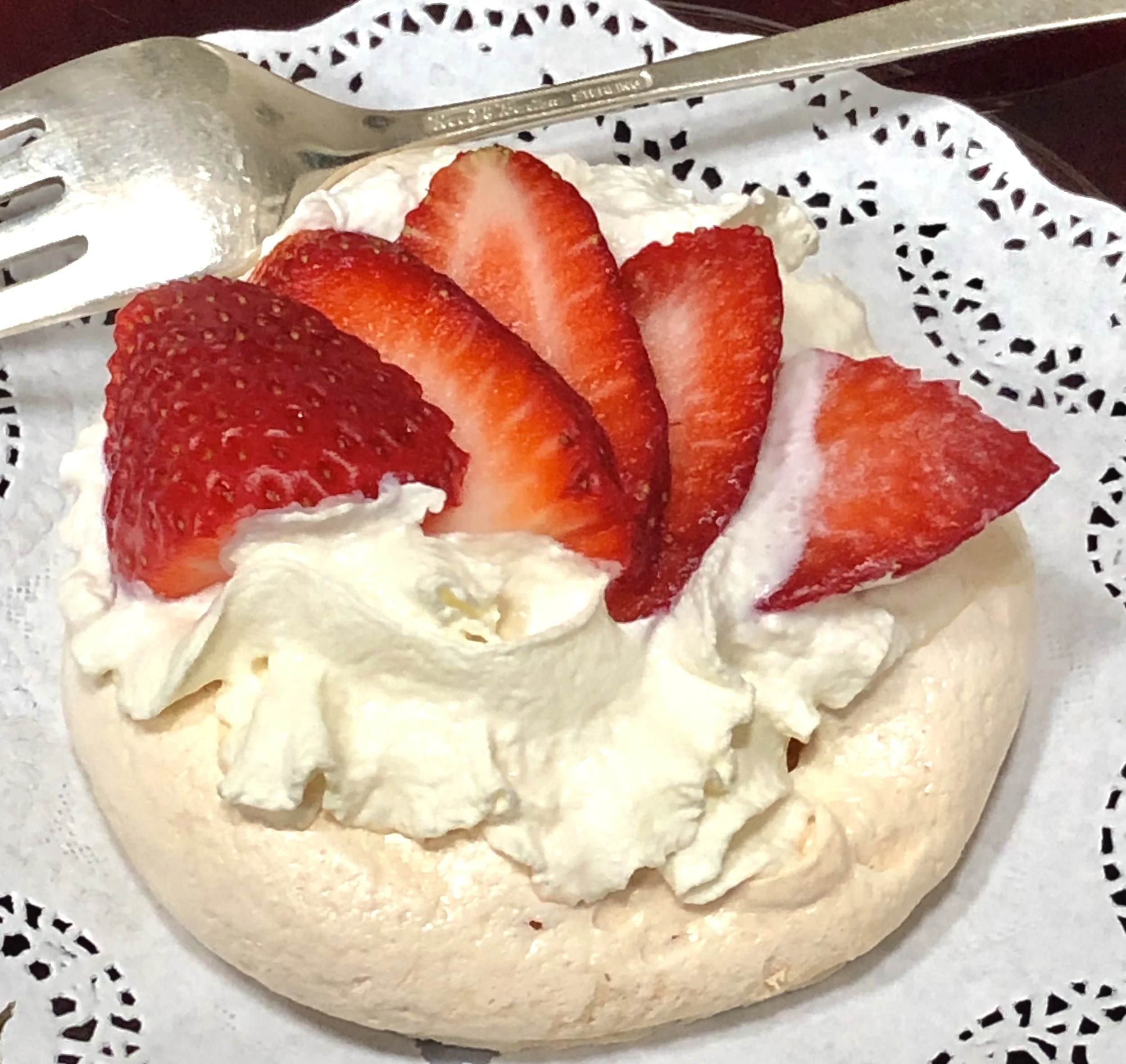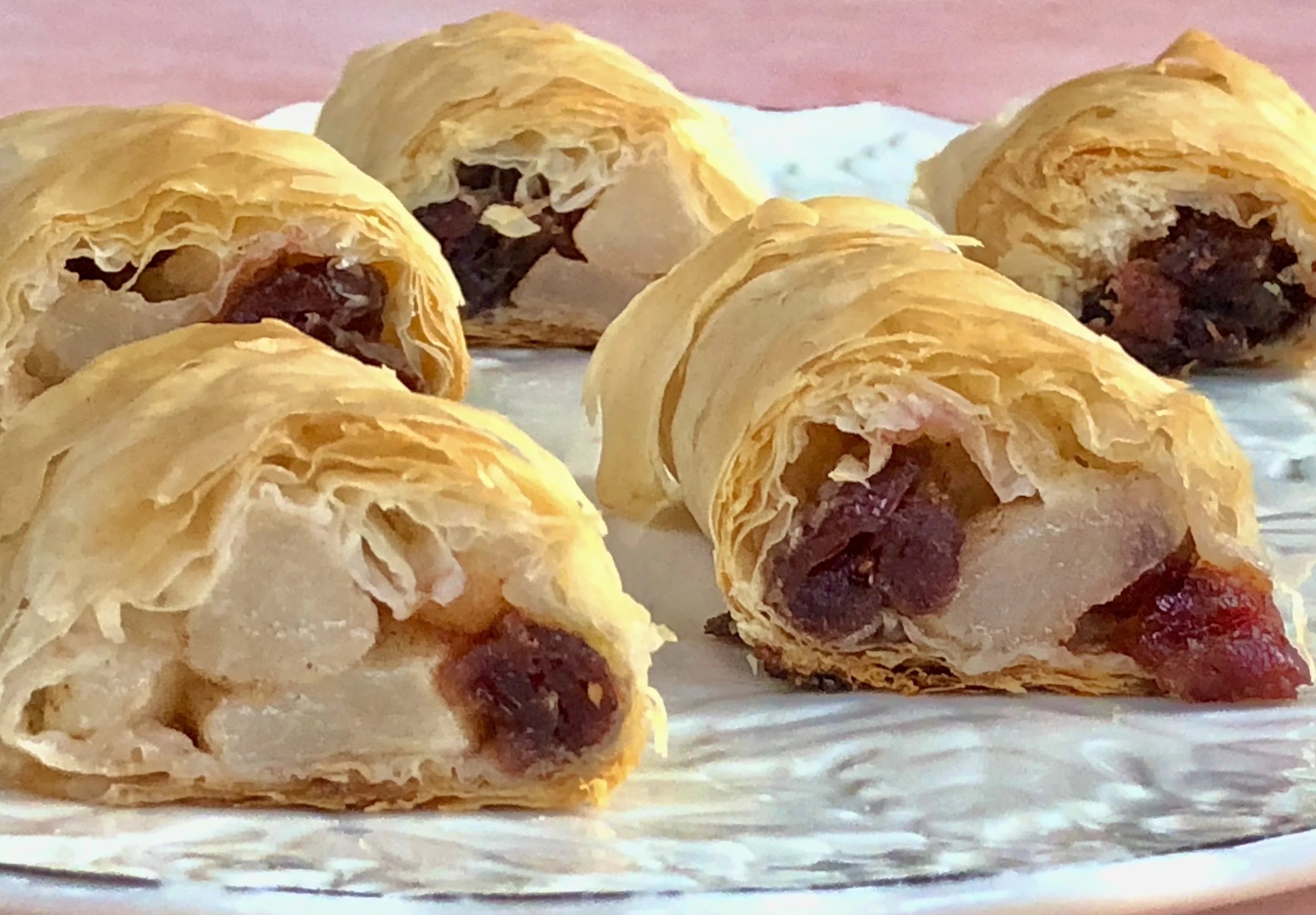Roasted Strawberry Ice Cream
Many years ago Ed and I were on a cruise with our cousins and there we were, lounging on a public deck, when we overheard a woman consoling another woman whose husband had died on board the night before.
It was so shocking that we still talk about it. I felt sorry for the widow of course and something she told the other woman has haunted me ever since.
She said “I told him not to eat the ice cream!” — as if that one dessert was responsible for the heart attack that killed him.
My first thought was “at least he had the ice cream.”
Next week I celebrate a big birthday. I mean big as in round numbers. I mean I have passed my grandparents round numbers. I’m about the age of that widow and her poor husband. And I now say:
“Eat the ice cream!”
Because you never know.
For most of my married life, the food we usually eat at home — with indulgences here and there — is healthy. I make fresh food, have cut down on meat, fat and salt over the years, don’t serve processed foods or junk.
We’ve reached the age that an occasional ice cream — especially on vacation — won’t be the thing that kills us. And if it is, well, at least we had the ice cream.
So, for my big round birthday I am going to eat some ice cream.
I love strawberry ice cream so I already made some for the occasion. I would normally have preferred fresh strawberries but I haven’t found a good source yet for real strawberries, the kind I remember from the old days that were small, sweet and smelled like caramelizing sugar. So I roasted the best looking ones I could find with a bit of orange zest and brown sugar and this combo turned out to be absolutely scrumptious for ice cream.
Roasted Strawberry birthday Ice Cream
1 pint strawberries
1/4 cup orange juice
2 tablespoons brown sugar
2 teaspoons finely grated orange zest
3 cups half and half, light cream or whipping cream
1/2 cup sugar
3 large egg yolks
1/8 teaspoon salt
1/2 teaspoon vanilla extract
Preheat the oven to 450 degrees F. Line a baking pan with parchment paper. Rinse the berries, remove the hulls and chop the berries into smaller pieces. Place the berries on the parchment. In a small saucepan, combine the orange juice, brown sugar and orange zest. Bring to a boil over high heat and cook for 2-3 minutes or until the liquid has thickened slightly. Pour the liquid over the berries and toss the fruit to coat all sides. Roast the berries for about 10 minutes or until softened and glazed. Remove from the heat and let cool. Heat 2 cups of the cream over medium heat until bubbles appear around the edges of the pan. Set aside. While the cream is heating, beat the sugar, egg yolks and salt at medium speed in an electric mixer (or with a hand mixer) for 3-5 minutes or until light and thick. Gradually add the heated cream and mix the ingredients until the mixture is uniform. Return the mixture to the saucepan and cook over medium heat, stirring constantly, for 5-6 minutes or until thickened enough to coat the back of a spoon. Pour in the remaining cream and blend it in thoroughly. Pour into a container and refrigerate until cold. Stir in the vanilla extract. Freeze in an ice cream freezer according to manufacturer’s directions, until almost firm. Add the strawberries plus any juices that have accumulated. Continue to freeze until firm.
Makes about 6 cups

